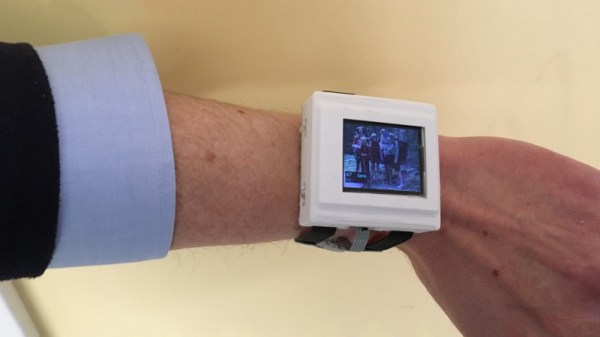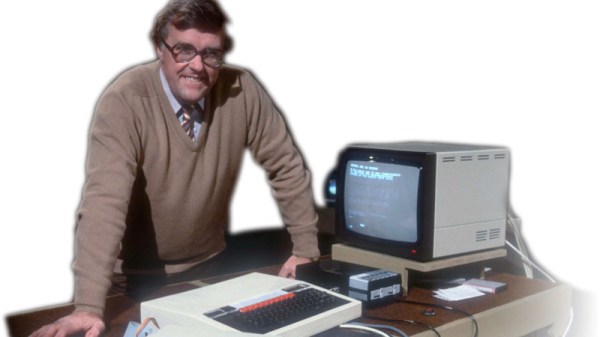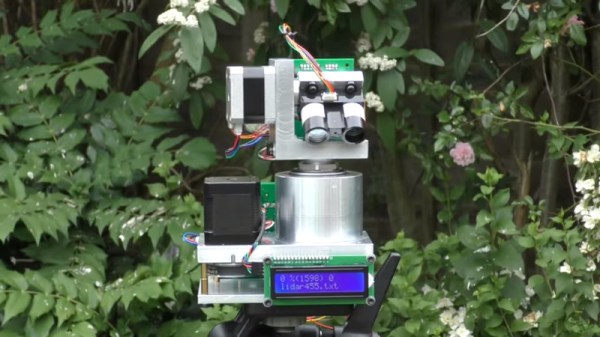It is hard to remember that scant decades ago, electronic magazines — the pre-Internet equivalent of blogs — featured lots of audio circuits based on analog processing. Music synthesizers were popular for example, because microcontrollers were expensive and unable to perform digital signal processing tasks in the way you would use them today. [Julian] has been trying to build a vocoder from that era from ETI magazine. Along the way, he’s making videos documenting what he’s found and how’s he resolving issues.
The circuit generates levels for particular input frequencies. It does so with a two-op-amp bandpass filter, a two-op-amp rectifier, and then an op-amp lowpass filter. That’s five op-amps for each band (there are 14 bands) plus the support circuitry. And that’s just the input section! Today, you would simply sample the signal and do a fast Fourier transform (FFT) to get the same kind of data.


















